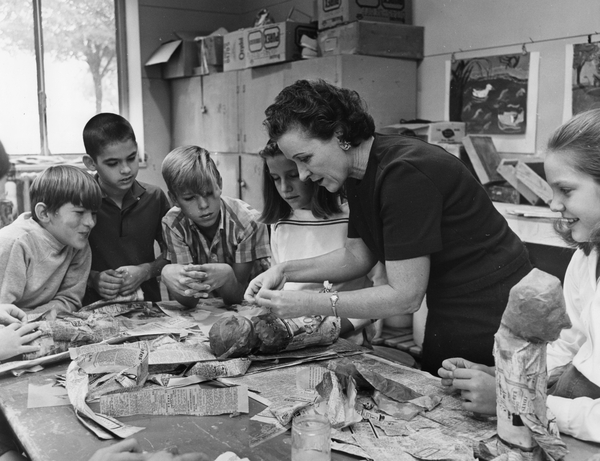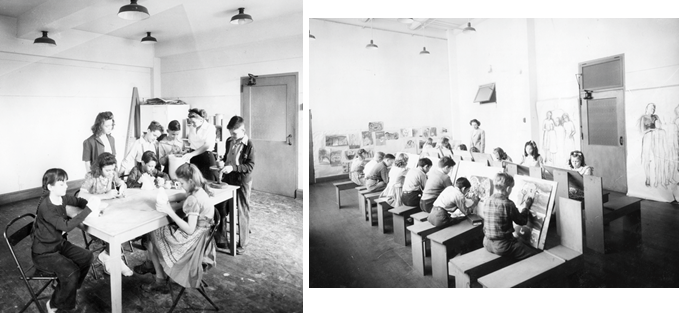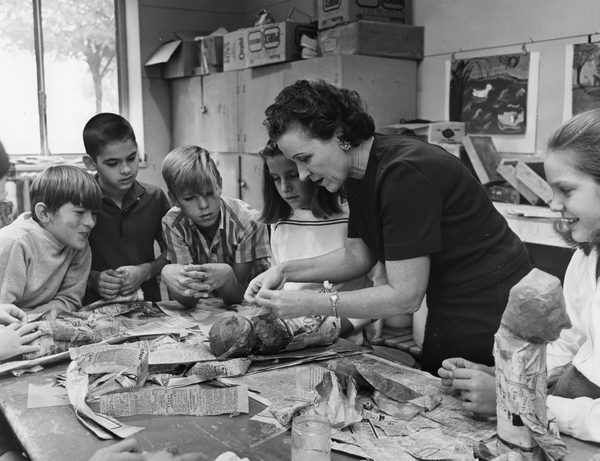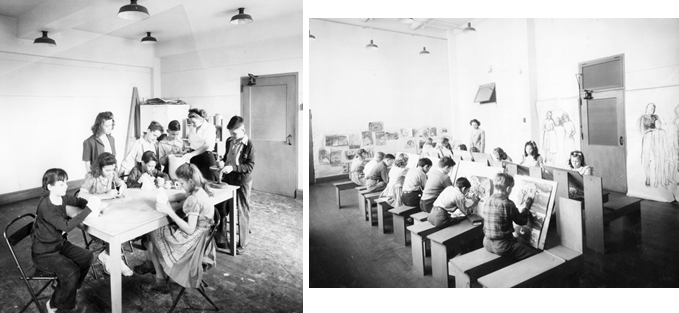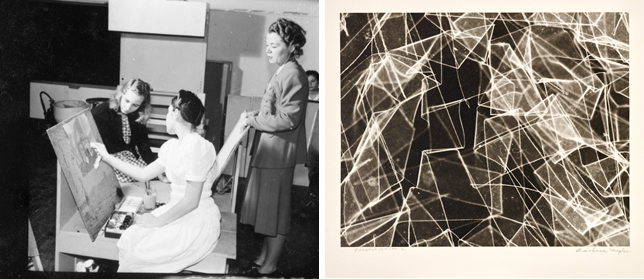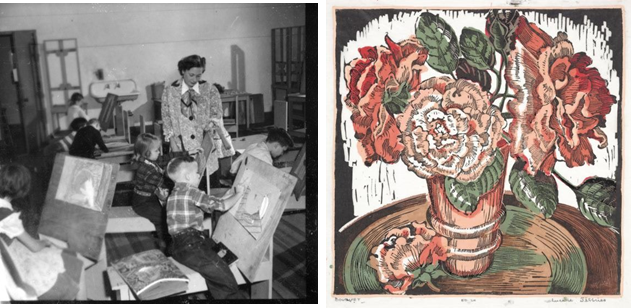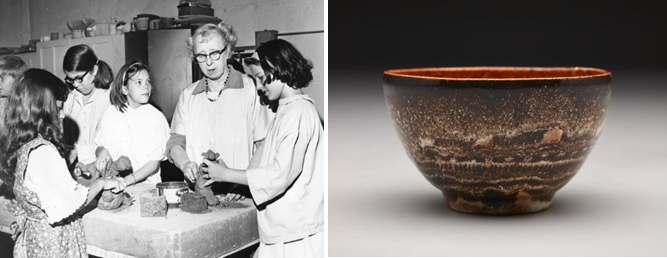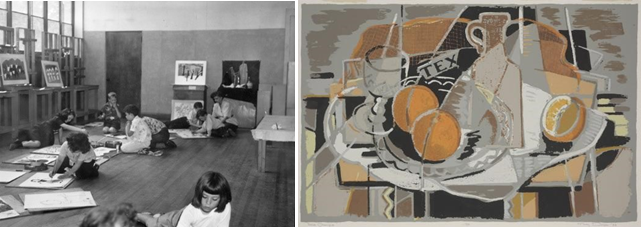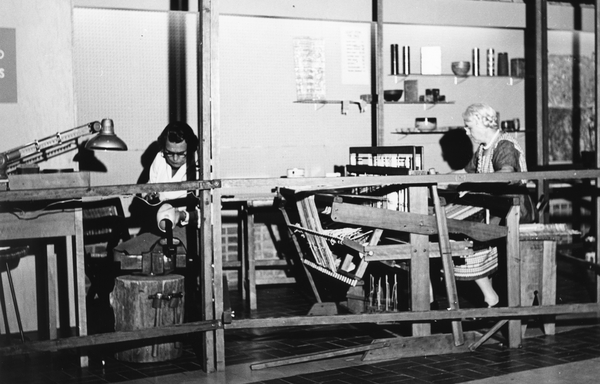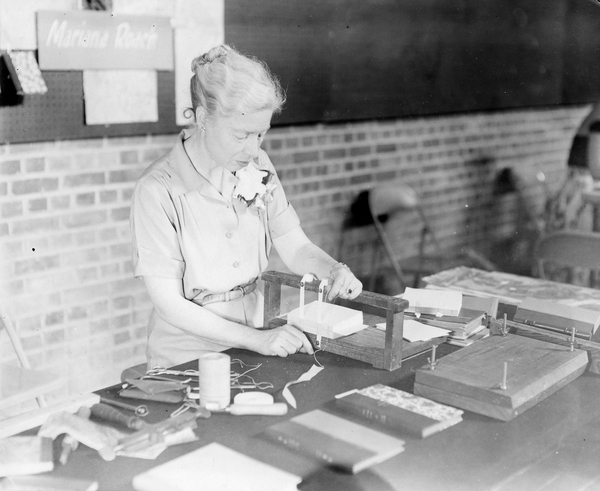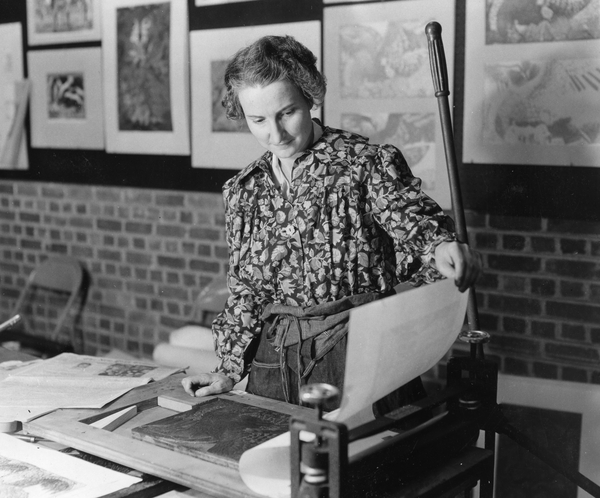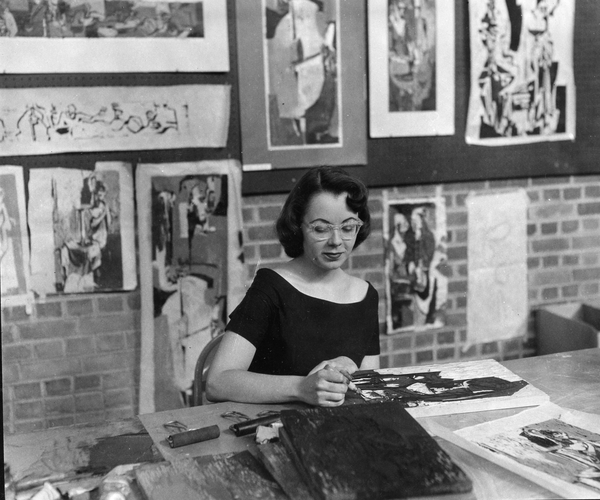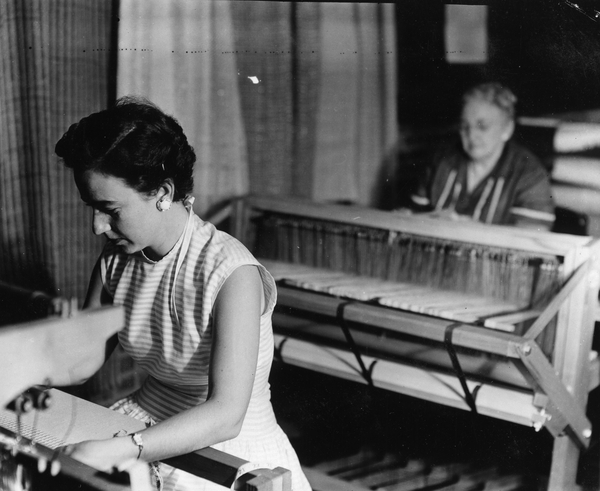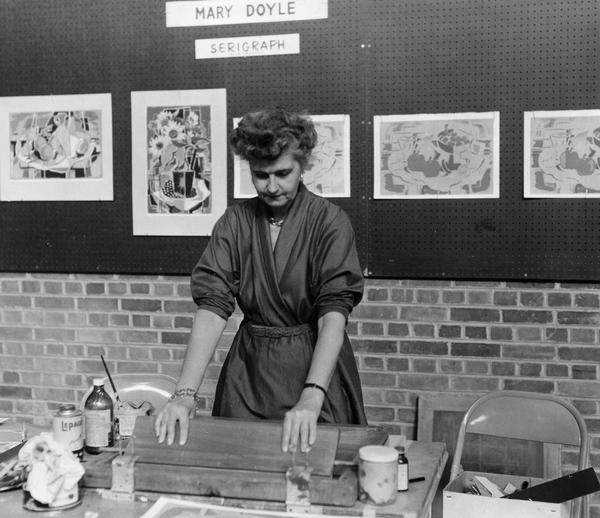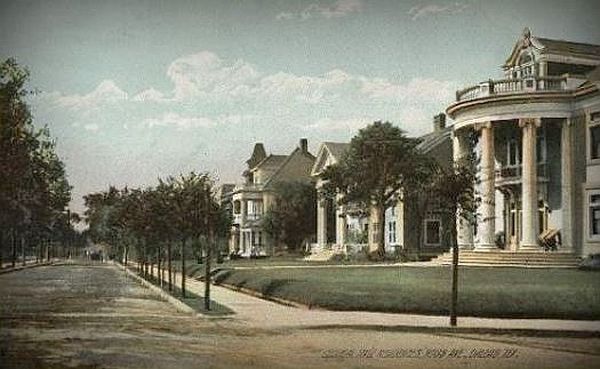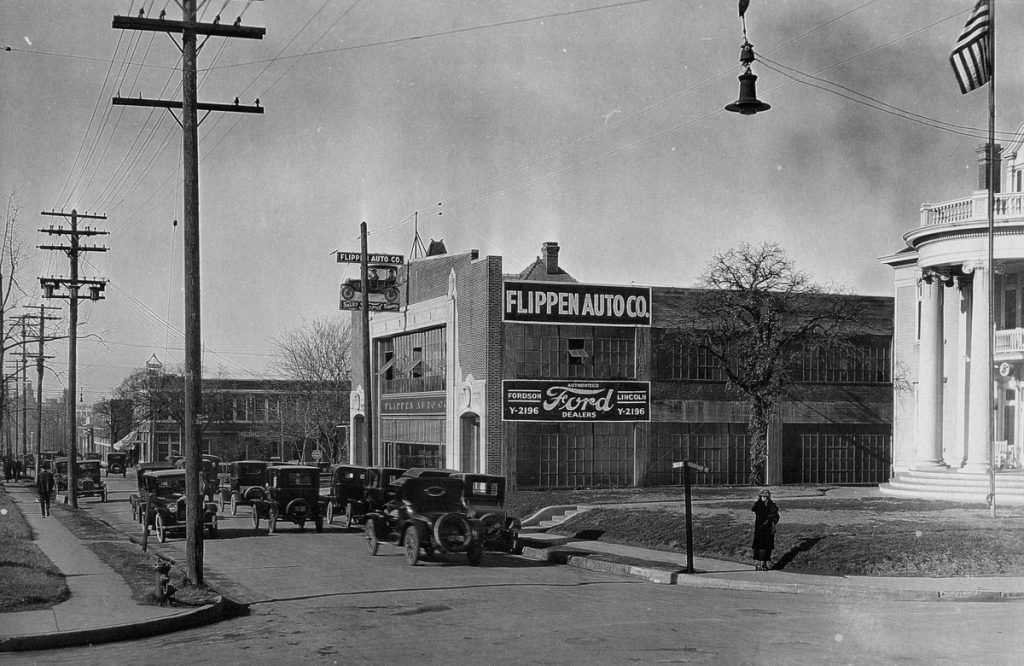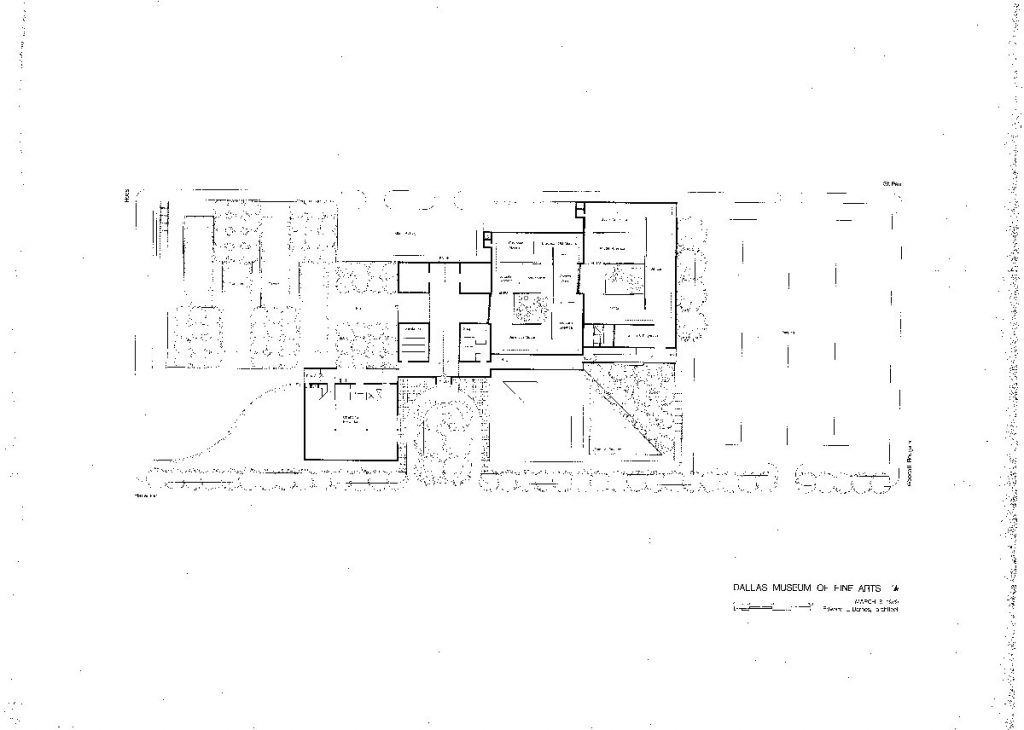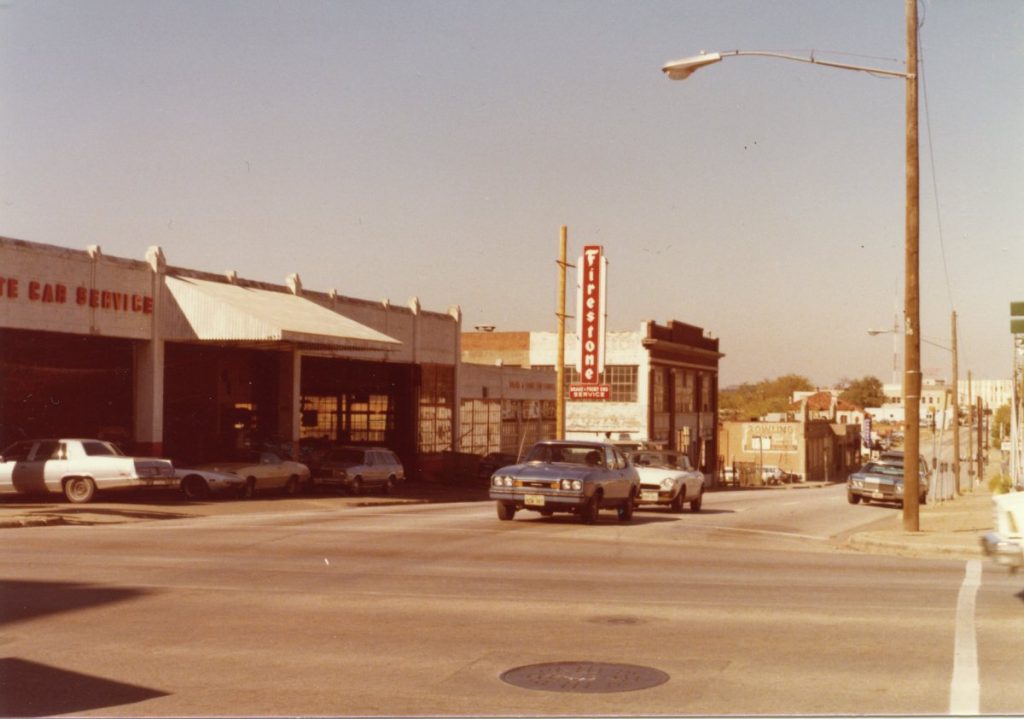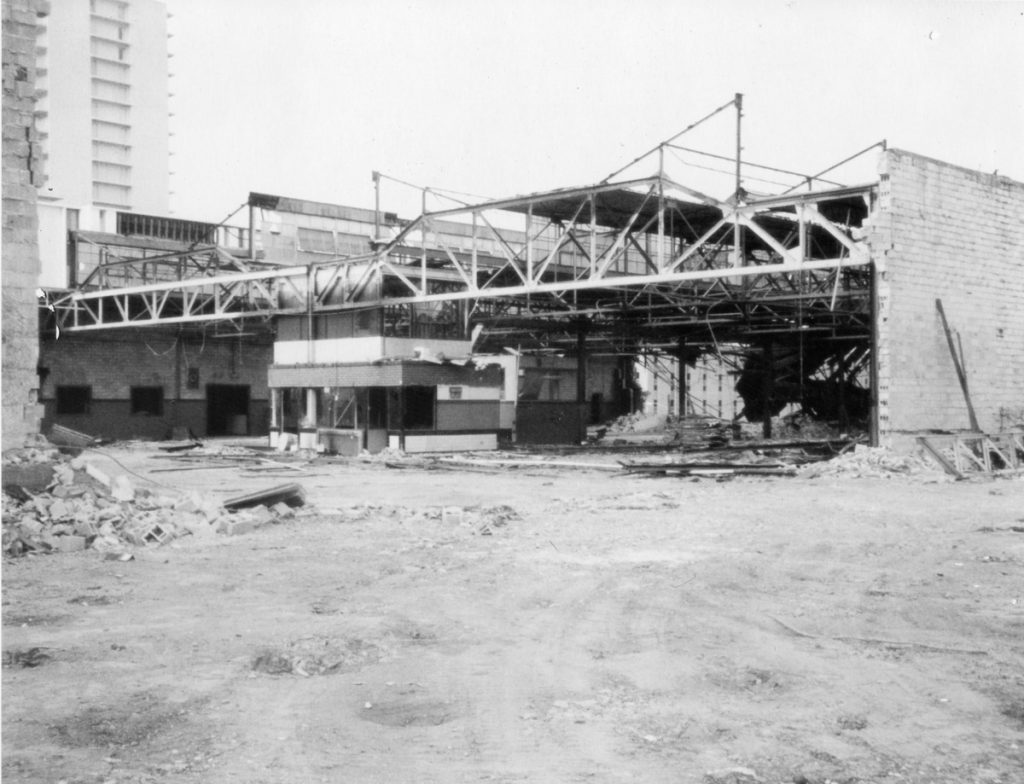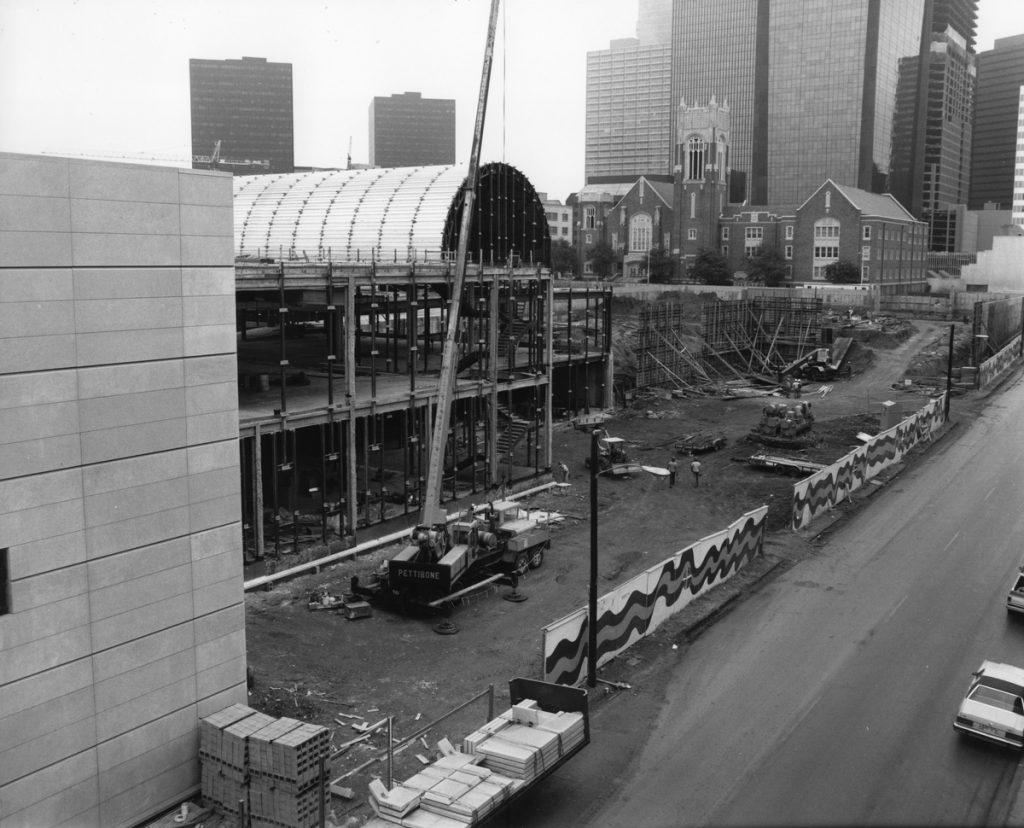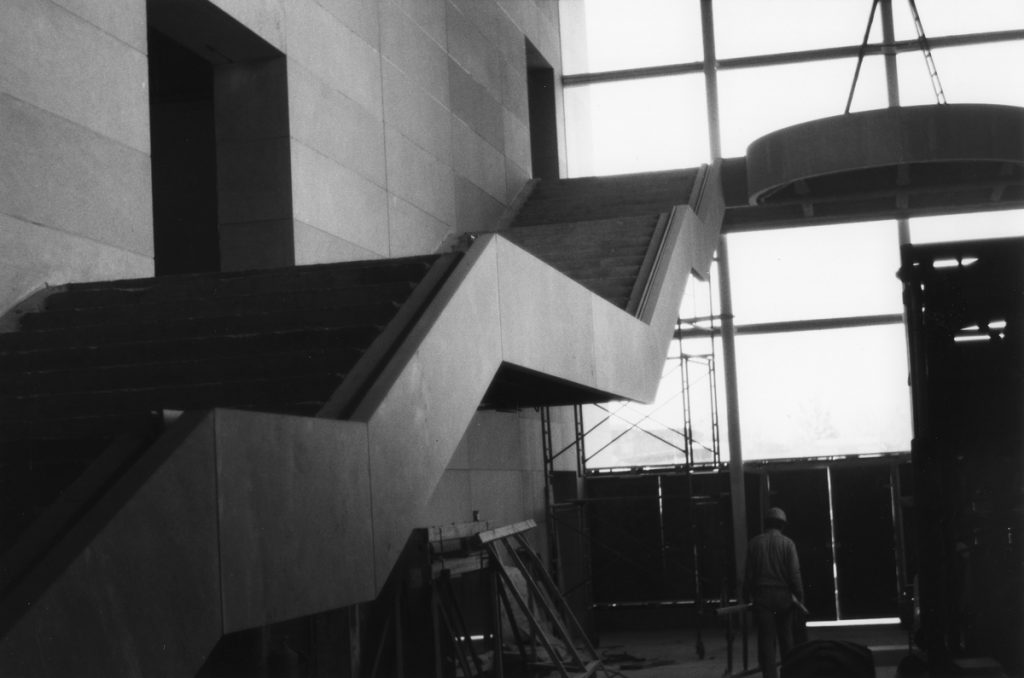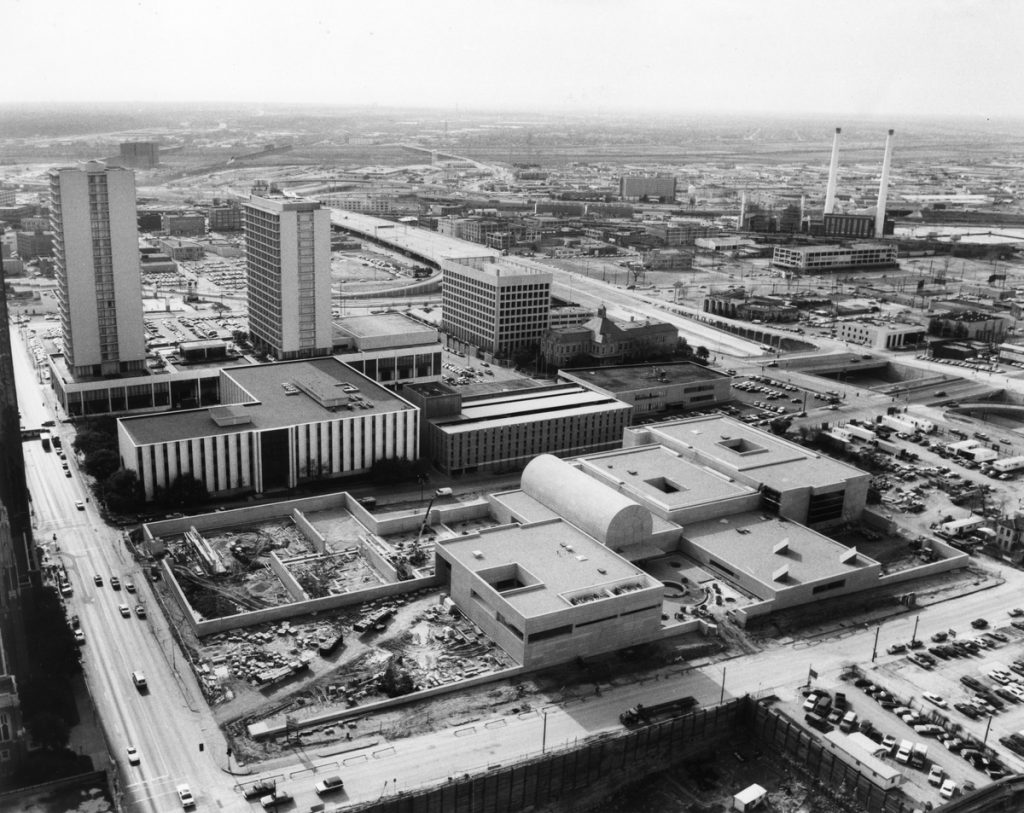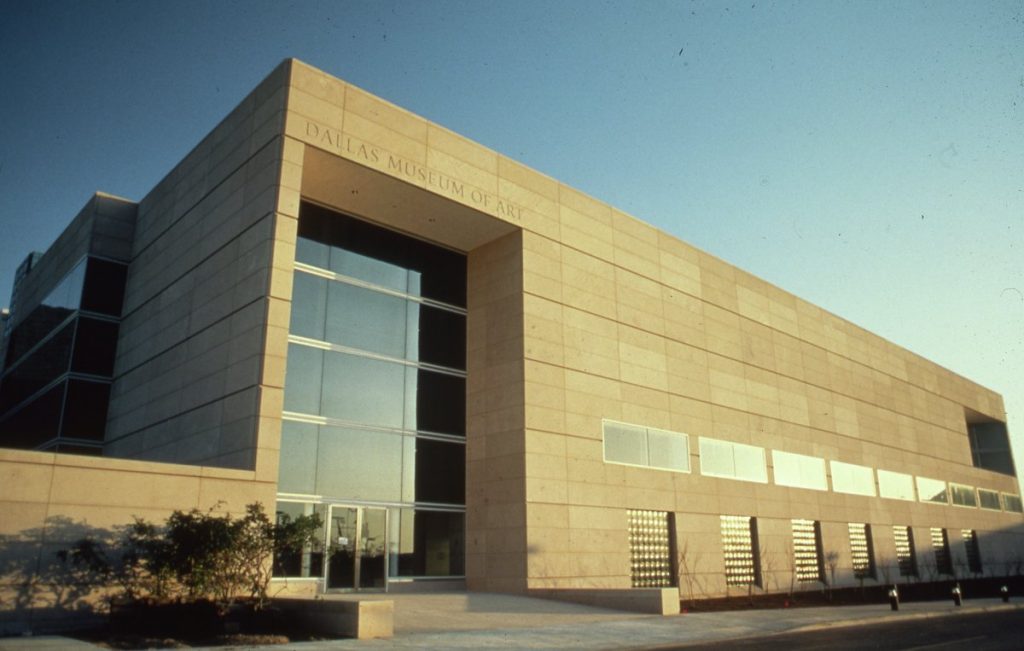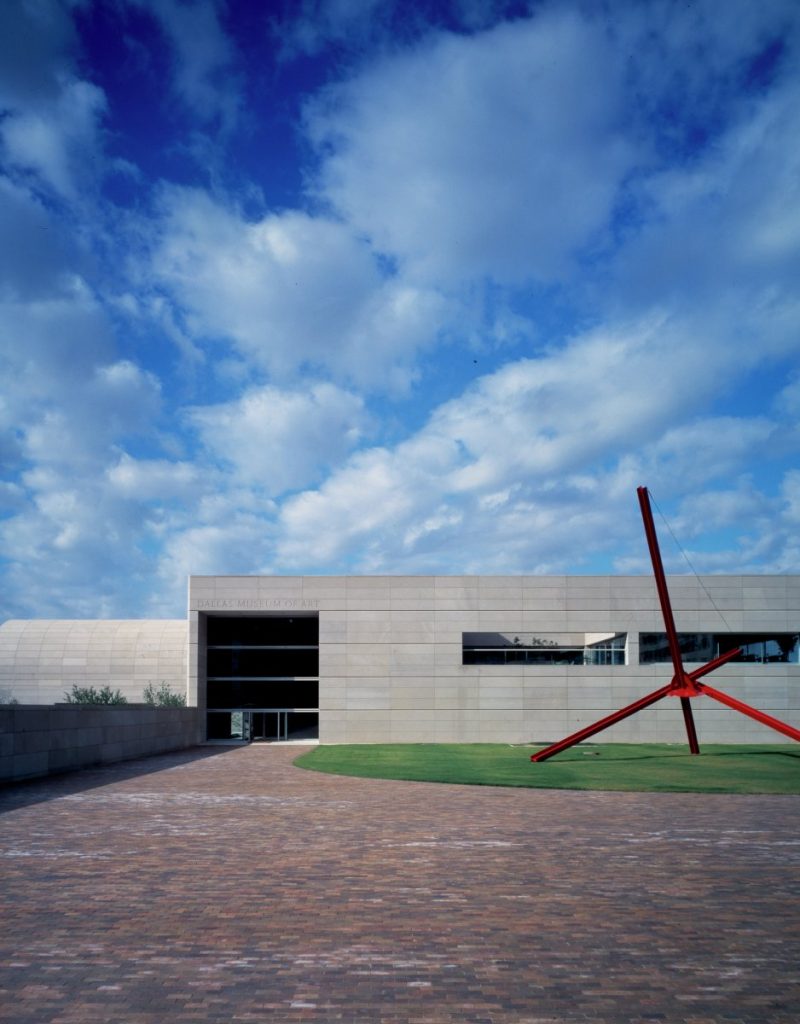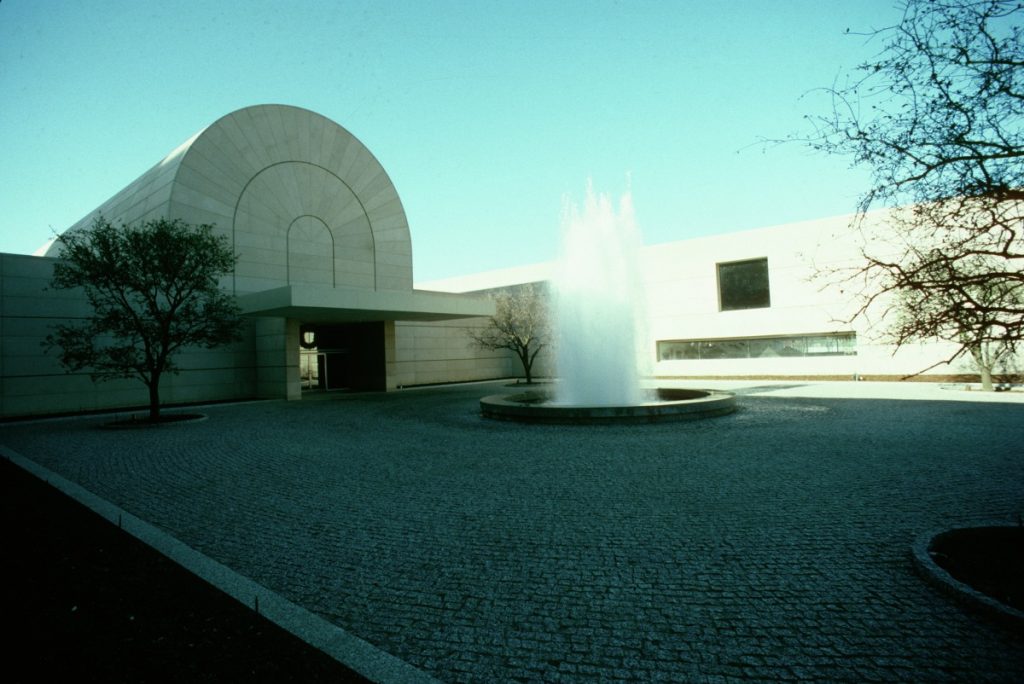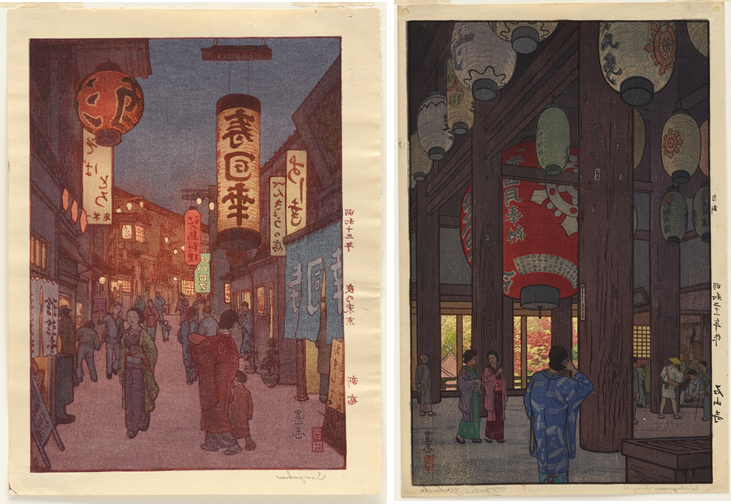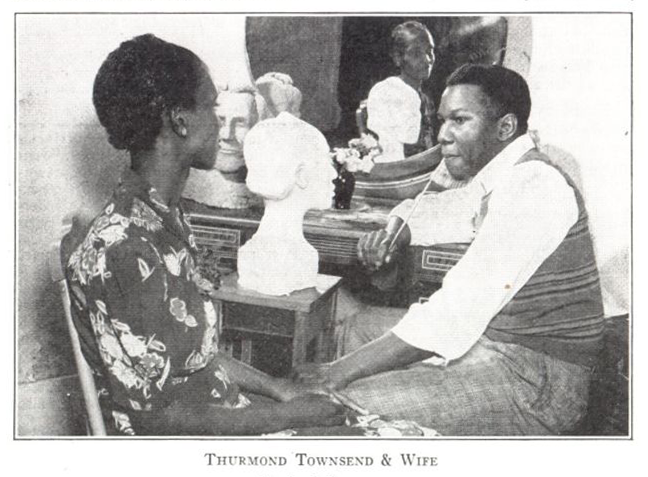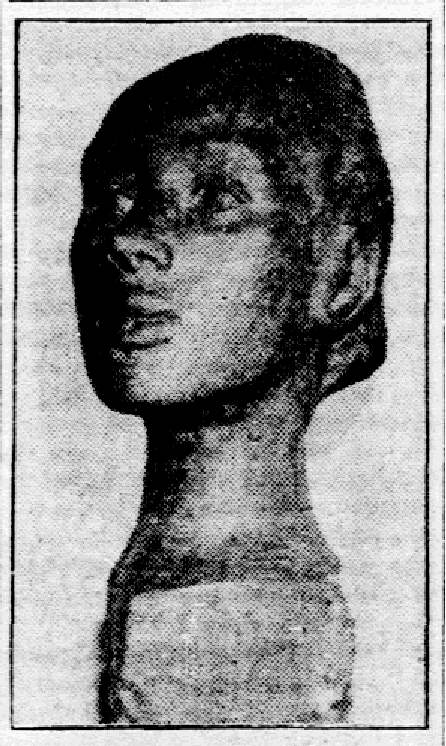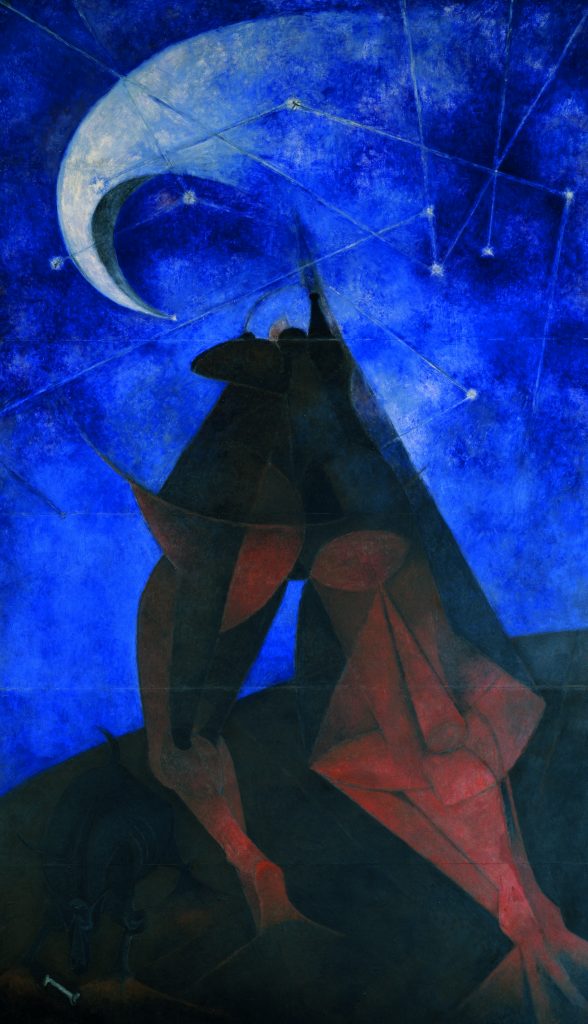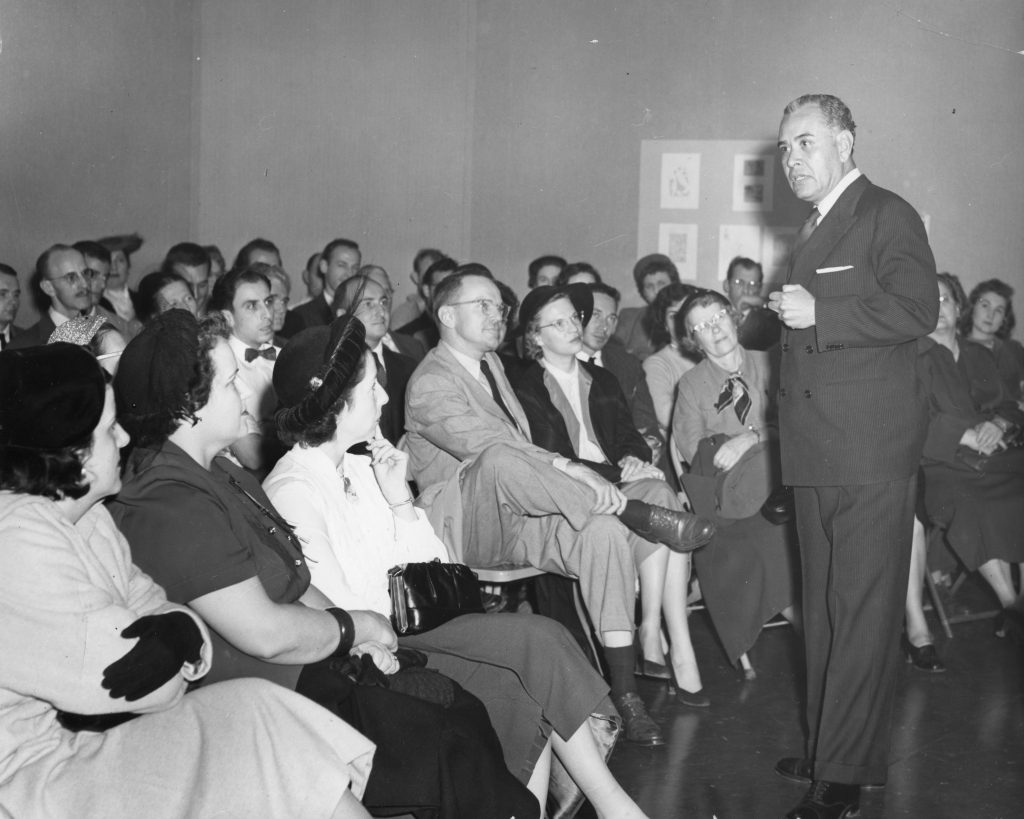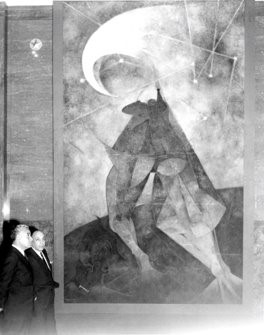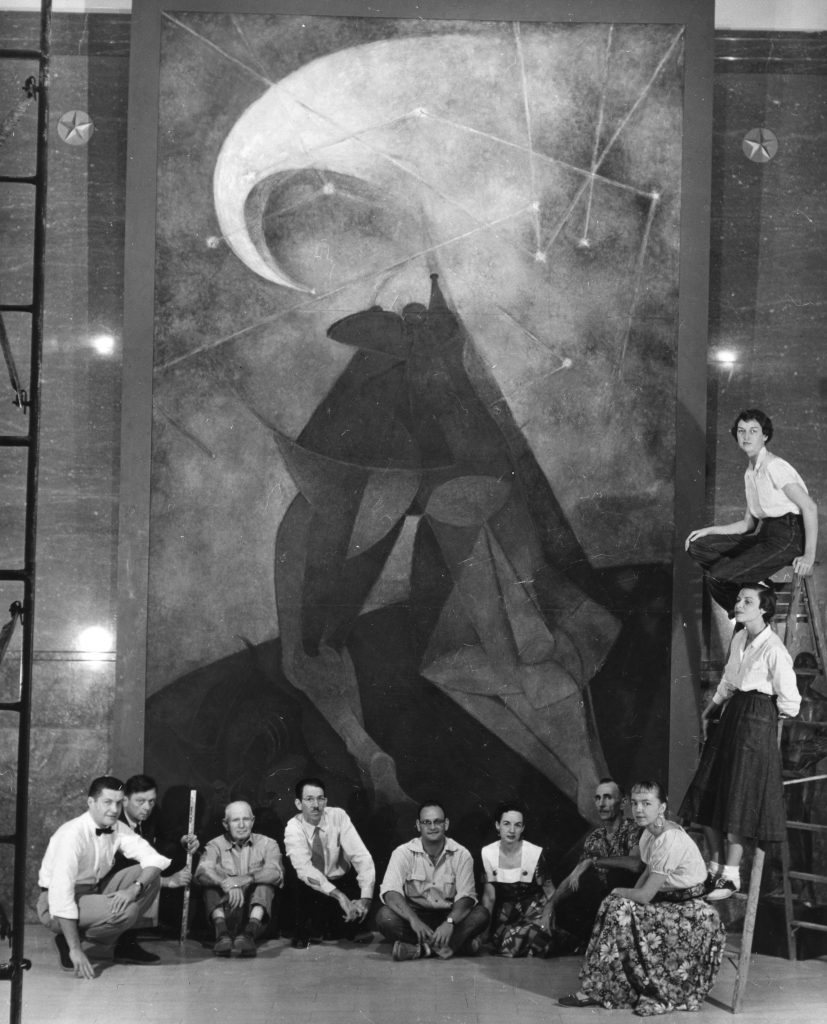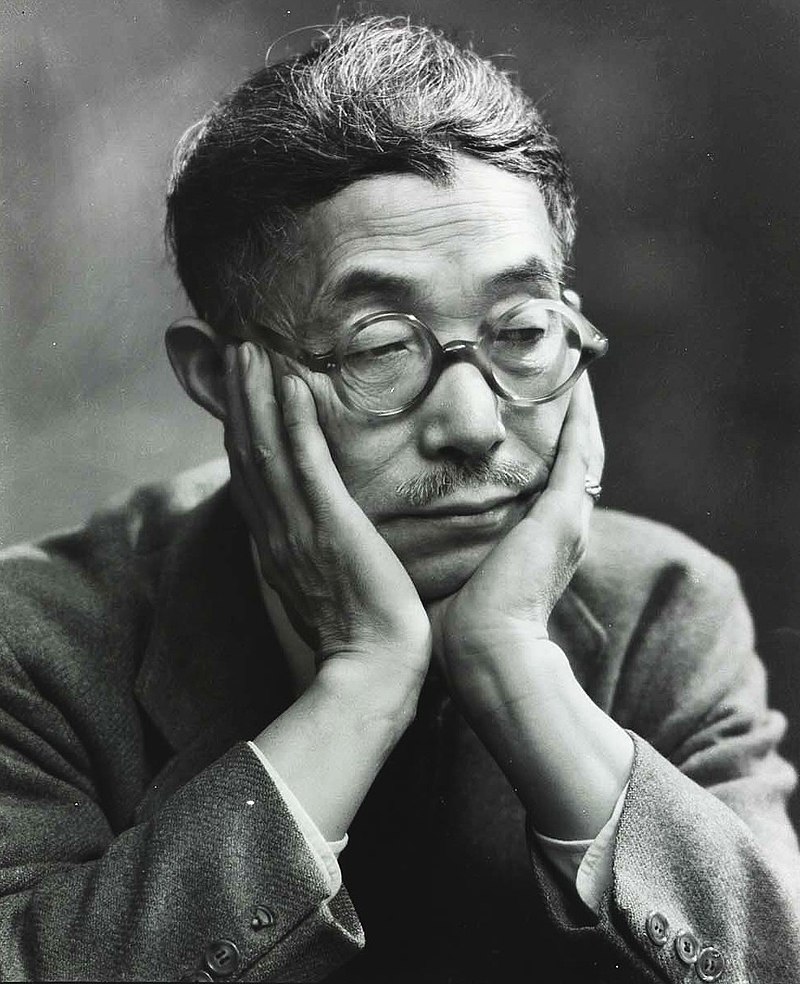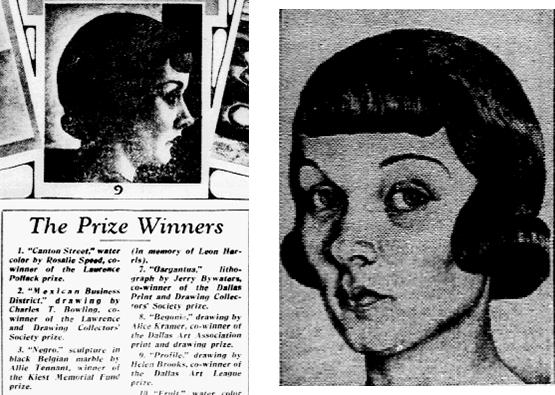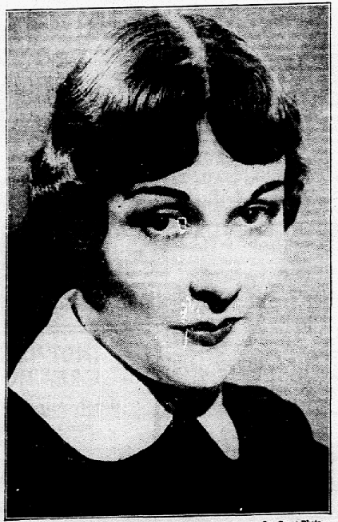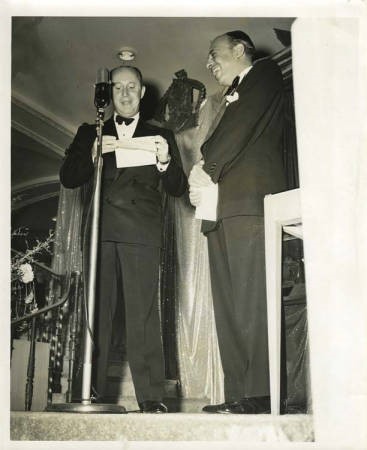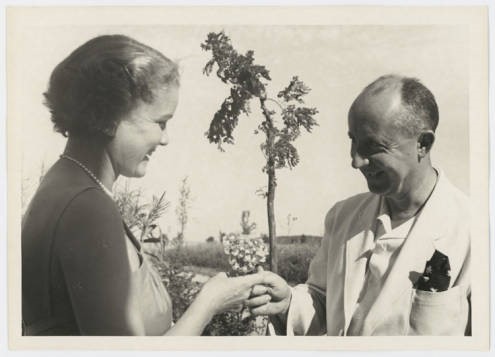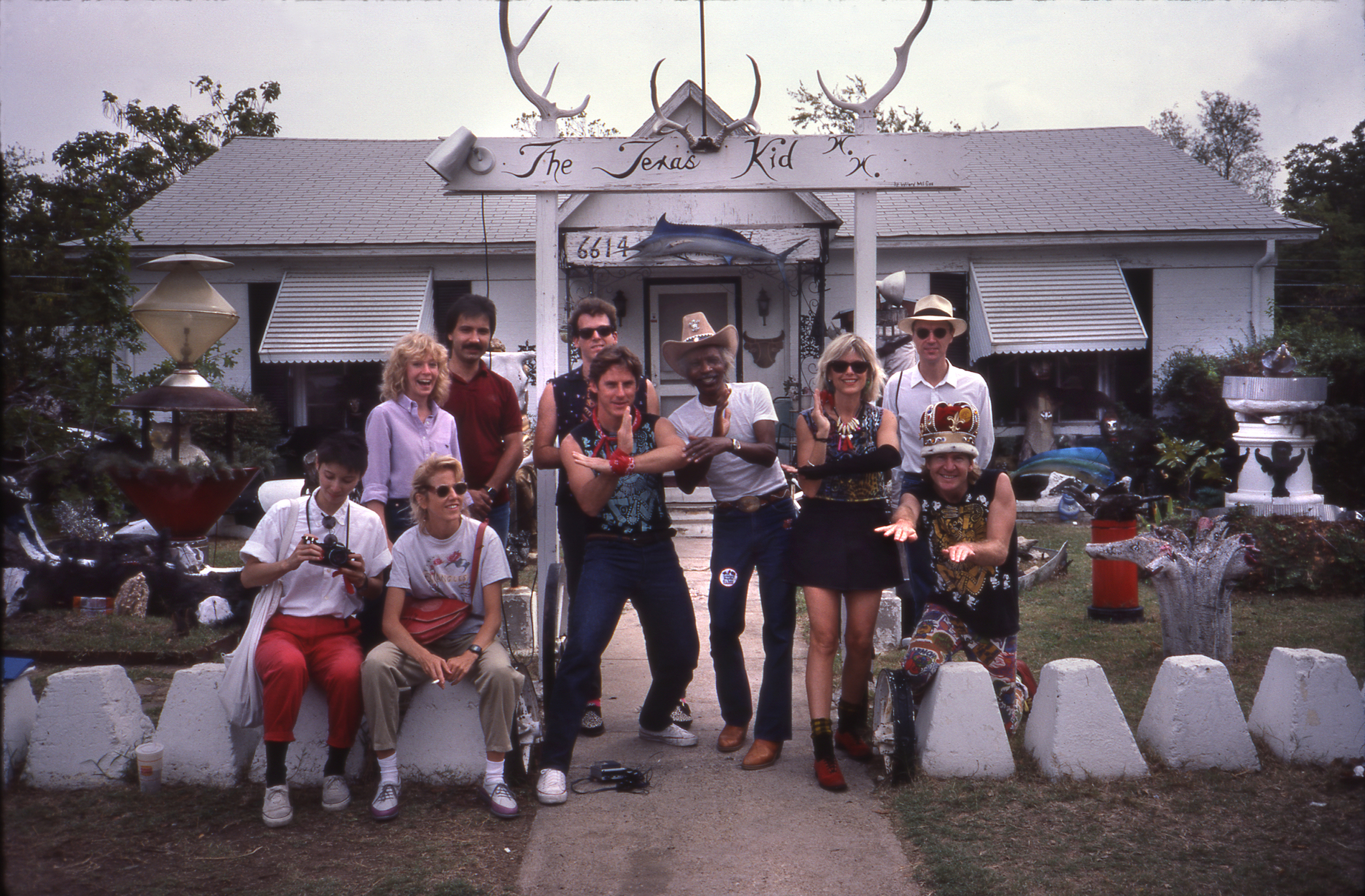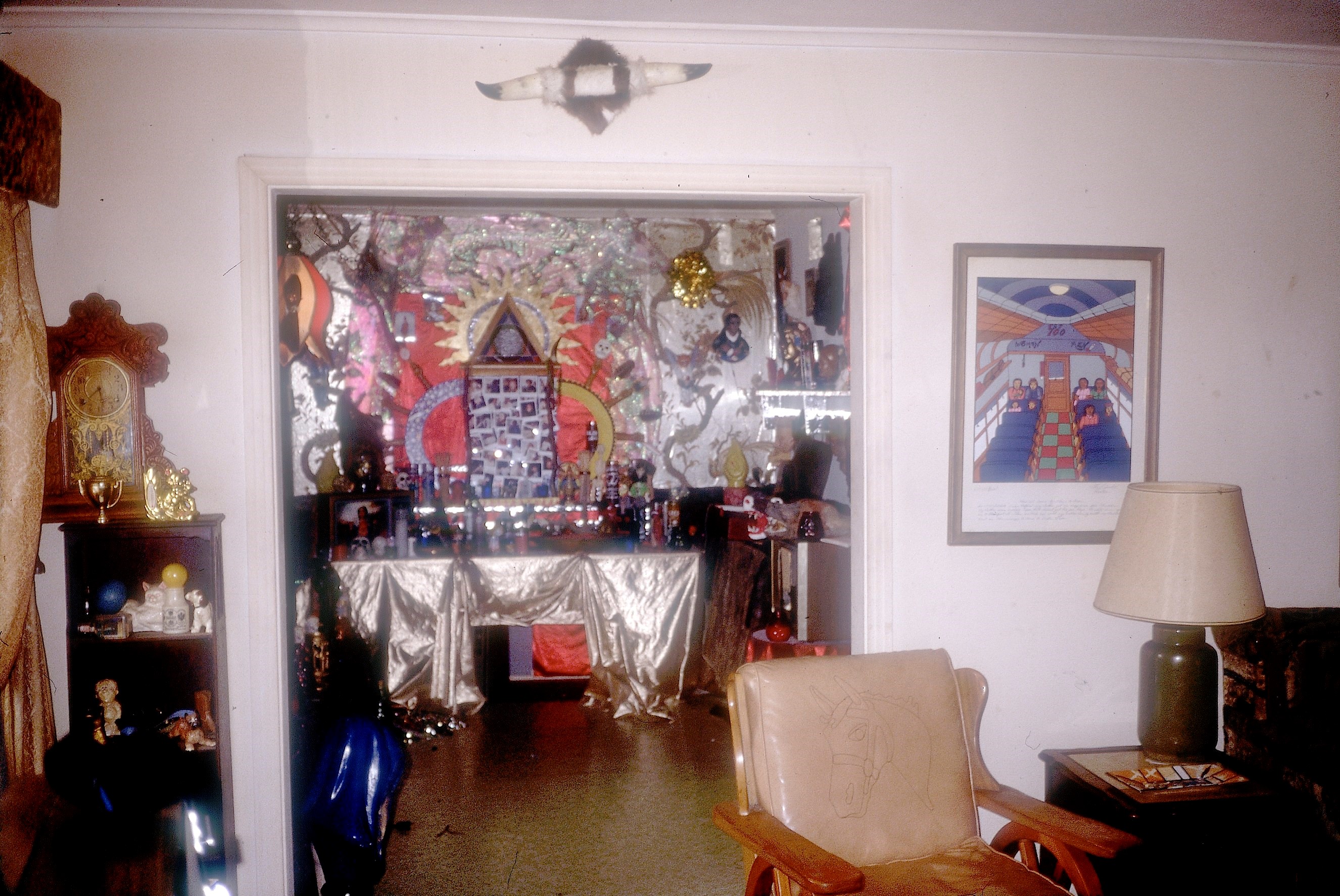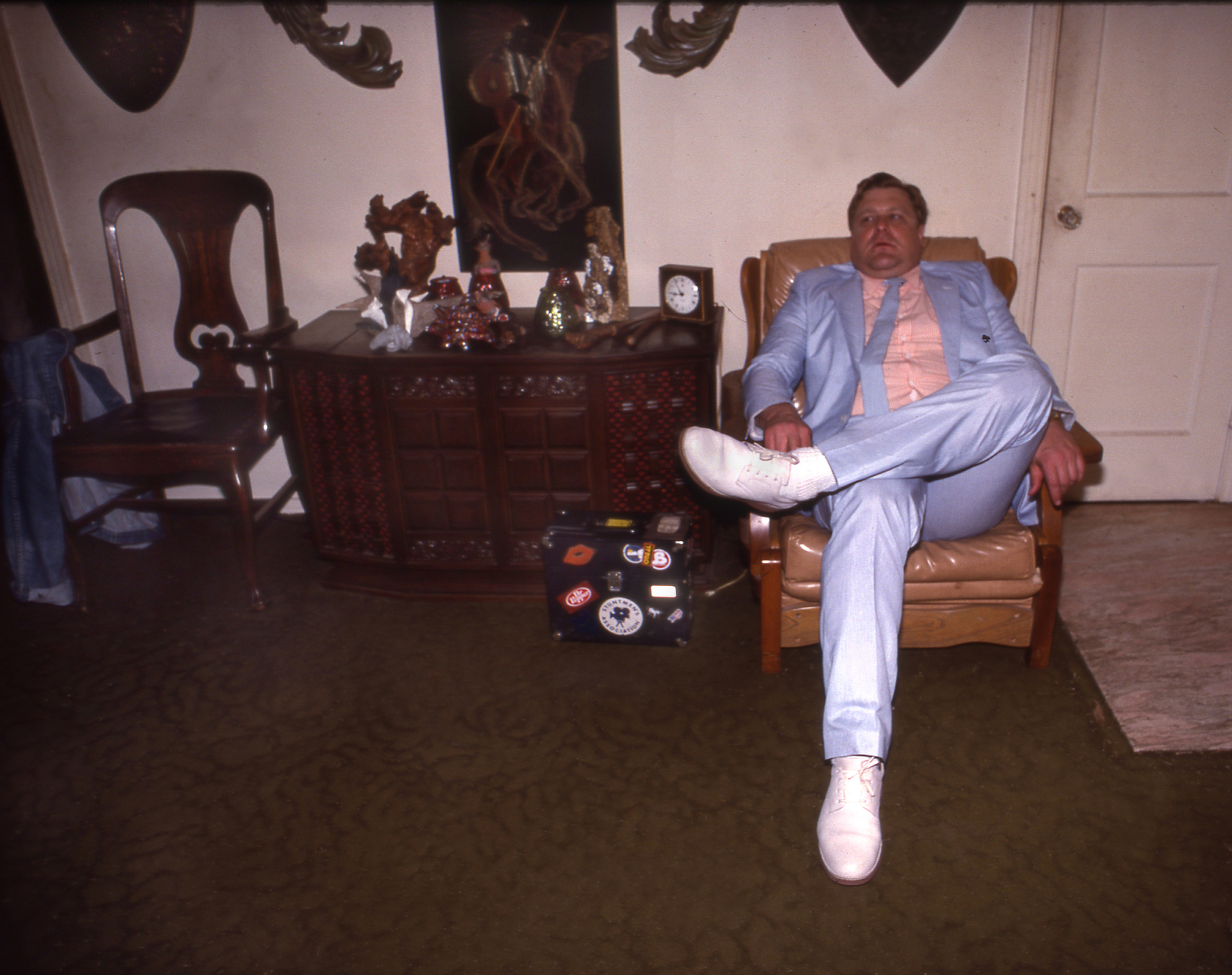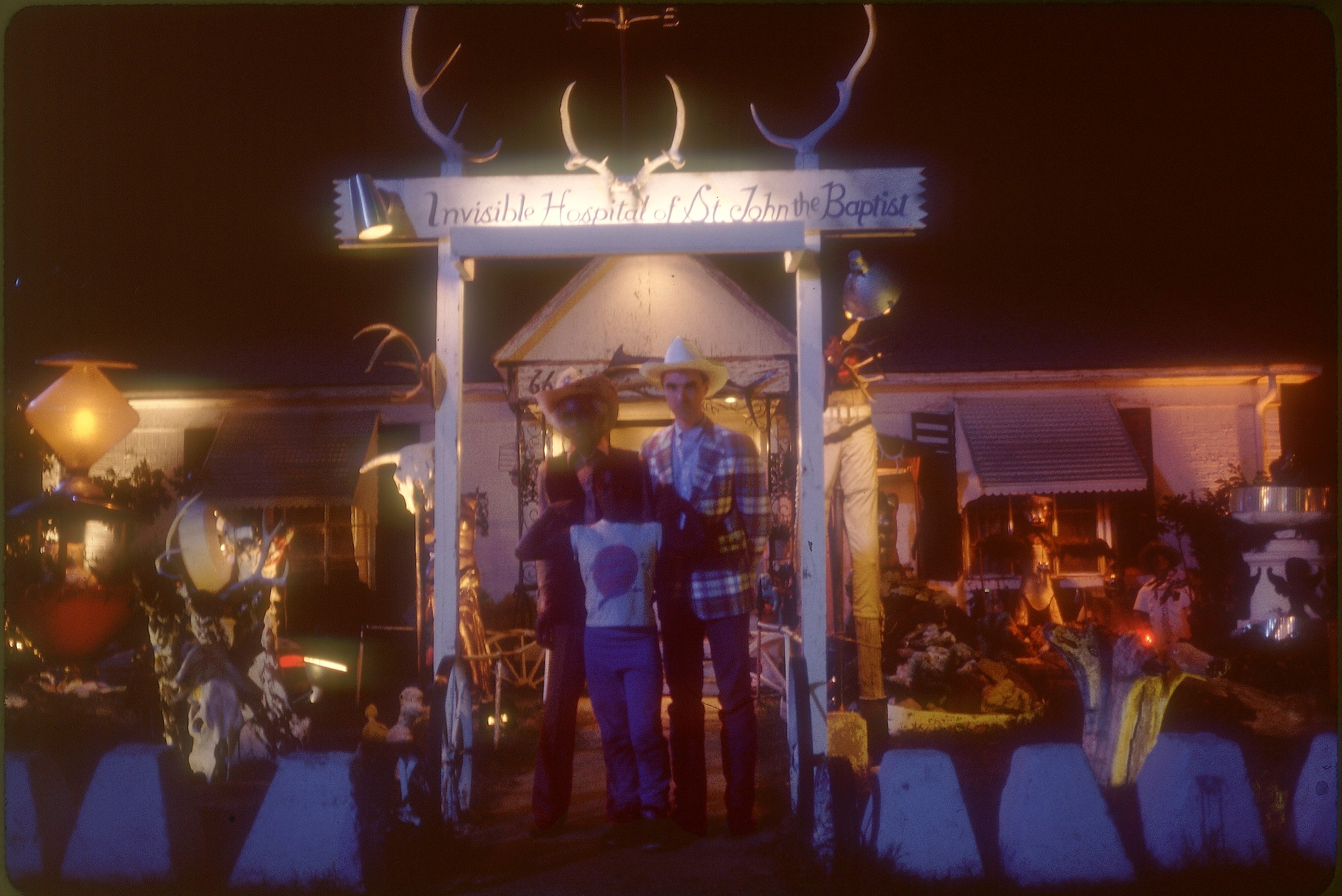Arts education has been an important feature of the museum since its founding in 1903. The Dallas Art Association held lecture series and programs featuring the artists, collectors, and art historians of the day to educate members on art and to promote collecting. After the first professional director was hired in 1929, the adult education offerings expanded to include director-led art history lecture series and gallery talks.
Educational offerings were extended to children in 1937 when Director Richard Foster Howard started the school tour program with the Dallas Independent School District and a program of free Saturday art classes for children. By 1940, Maggie Joe Hogue, first head of the education department, reported that the DMFA’s education programs were unique in that they focused on creative teaching where most other museums confine their teaching to appreciation.
The creative teaching element was formalized with the founding of the Museum School in 1941, which offered a variety of art classes for children and adults. A number of well-known Dallas artists taught at the Museum School including Octavio Medellin (see exhibition and library case), Otis Dozier, Merritt Mauzey, and Roger Winter. But as this is Women’s History Month, let’s focus on a few of the women artists who taught at the Museum School.
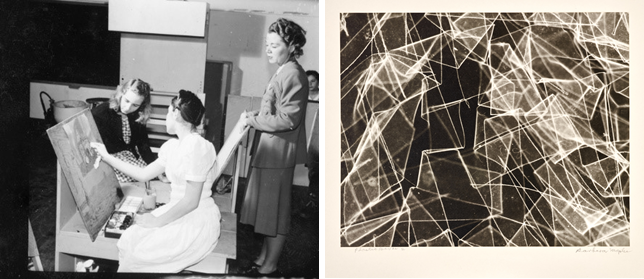
Right: Barbara Maples, Plastic Boxes 2, c. 1967–1968, gelatin silver print, Dallas Museum of Art, Texas Artists Fund, 2009.5
Barbara Maples (1912-1999) was painter, printmaker, photographer and educator. She began her career teaching elementary and secondary art for the Dallas Independent School District from 1937-1964, and concurrently taught children’s classes at the Museum School from 1940-1954. She went on to become Professor and Head of the Department of Art Education at Southern Methodist University from 1965-1978. Maples had three one-person exhibitions at the DMFA in 1941, 1944 and 1947, in addition to having her works selected for or included in at least 38 exhibitions at the museum. Three prints and one photograph are in the permanent collection.
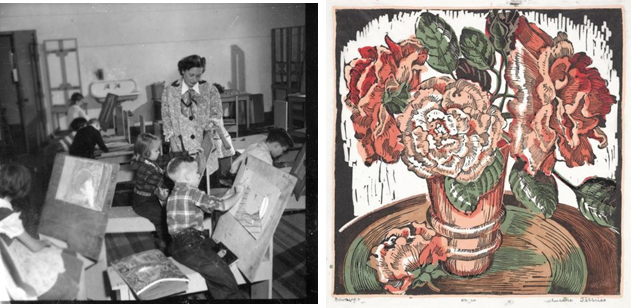
Right: Lucille Jeffries, Bouquet, n.d., color linoleum cut, Dallas Museum of Art, gift of Mrs. C.P. Wright, 1964.65
Lucille Jeffries (1903-1950) was a painter and graphic designer. She taught children’s classes at the Museum School in the 1940s, while also teaching at Mt. Auburn School in Dallas. She also had three one-person exhibitions at the DMFA in 1941, 1943, and 1947, and had work included in over 25 juried or group exhibitions. Twenty-five of her lithographs, watercolors and linoleum cuts are in the permanent collection.
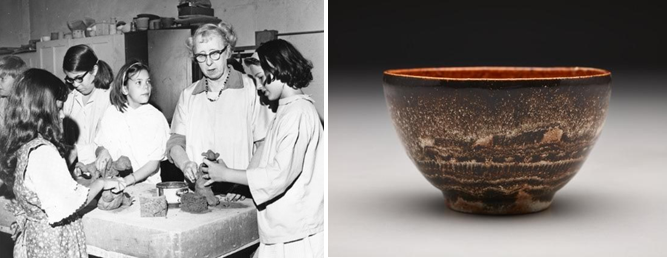
Right: Evaline Sellors, Bowl, c. 1951, glazed stoneware, Dallas Museum of Art, gift of the Craft Guild of Dallas, 1951.65
Evaline Sellors (1907-1995) taught adult pottery and ceramic sculpture classes at the Museum School in partnership with the Craft Guild of Dallas from 1950-1968. She also taught children’s classes at the Fort Worth Art Center, and designed costumes and puppets. Her work was included in over 20 juried exhibitions held at the DMFA and was featured in an exhibition of Fort Worth artists with two others in 1934. Two works by Sellors are included in the DMA’s permanent collection.
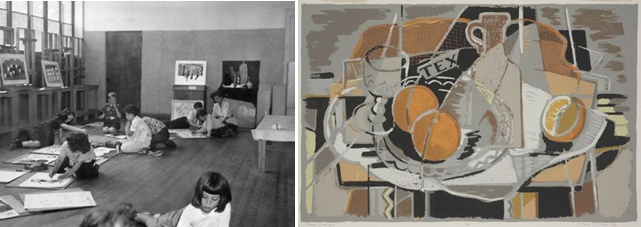
Right: Mary Doyle, Texas Oranges, 1953, serigraph, Dallas Museum of Art, gift of the artist, 1954.3
Mary Doyle (1904-2000) was a printmaker, painter and watercolorist, but her favorite mediums were serigraphy and silk screen. Doyle taught children’s painting classes at the Museum School from the 1940s-1960s, later joining the museum full time as Education Director and Registrar. She also taught art for the Dallas Independent School District from 1935-1972. Doyle had work selected for 10 juried exhibitions held at the DMFA, and two works in the permanent collection.
These are just three of the many women who taught at the Museum School from 1941 to its closure in 1970. Others include: Eloise Blondel, Dorothy Brake, Caroline Daniel, Ellen Dennis, Carolyn Dodson, Sybil Edwards, Patsy Eldridge, Ann Cushing Gantz, Estella Henkel, Wanda Hill, Margaret Hull, Frances Jenkins, Annelies Kahn, Dorothy Kay King, Rita Mallett, Virginia Oechsner, Martha Jane Reed, Coreen Spellman, Jane Stare, Ruth Tears, and Peggy Wilson.
Hillary Bober is the Archivist at the Dallas Museum of Art.
